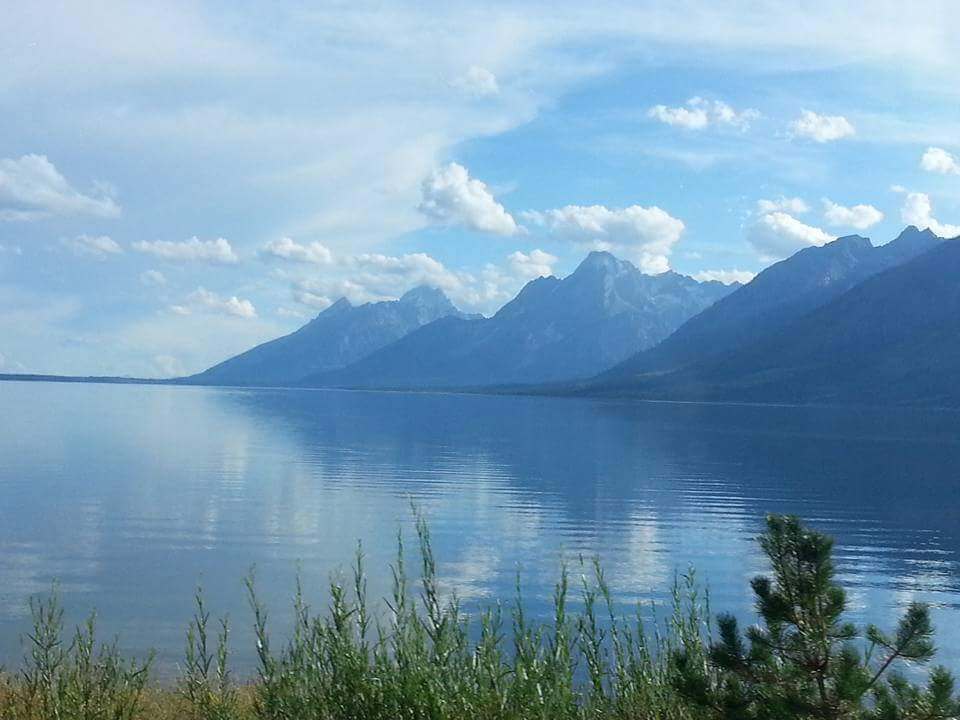
July is Lakes Appreciation Month
Lakes serve multiple purposes. Besides being great summer recreational locations, they are also important ecosystems for the organisms, insects, fish, amphibians, reptiles and mammals that live in, or around them.
Did you know that lakes:
- often serve as migration stops, breeding grounds and refuges for many birds and animals,
- provide homes for a variety of life, from microscopic plants and animals to fish,
- are where all the water from rivers and streams collects after filtering down through the watershed,
- supply many communities with water, and
- can be man-made and used to store water for times of drought.
The North American Lakes management Society (MALMS) started Lakes Appreciation Month to “focus attention on the value of lakes and reservoirs to society and the threats they face.”

Lakes are popular recreation and vacation spots, and although lakes naturally age and die, people have sped up the process by polluting the water and draining it for irrigation purposes.
Besides negligent human activity, other lake villains include:
- Blue-green algae, sometimes referred to as “pond scum”, stays on the surface of the water and forms a sort of mat. When the conditions are just right, the algae multiply quickly. This is called an algal bloom and can be harmful to animals, plants, and people.
NOTE: Blue-green algae is different from true algae because it is not eaten by other organisms. True algae are an important part of the food web because they supply energy for the tiny animals that make up the bottom of the food web.
- Invasive zebra mussels can devastate native plants and animals. Some scientists say they carry a type of disease that is deadly to birds that eat the mussels. Zebra mussels multiply so quickly that they clog pipes in machinery at industrial plants that use water, including hydroelectric dams and water filtration plants. Ships, docks, anchors, and buoys have also been destroyed by these invasives.
- Acid rain, from toxic gases from factories, coal-fired power plants, vehicle exhaust, and home furnaces also harm lakes. Nitrogen and sulfur, the main ingredients of acid rain, rise in the air and may be carried by wind. When these gases mix with the moisture in clouds, they form strong acids that can fall as precipitation and can kill fish, plants, and other organisms.
Image

What can we do to combat these lake villains? Monitor the health of the water, so we can take action!
- Depth, plant growth, dissolved materials, time of day, season, and latitude can all affect light’s ability to pass through the lake’s water.
- Light affects the temperature in lakes. Sunlight warms the water, and wind cools it down.
- Wind can affect the amount of mixing of oxygen at the surface of the lake.
- The conductivity of lakes can give an indication of the presence of excess nutrients.
- Lakes have varying pH levels that affect how the nutrients in the water are taken up by the aquatic organisms.
Monitoring all of these factors can help determine the health of a lake.

Looking to monitor lakes? We have data loggers for that!
Monitor…
Check out these customers who are using HOBO data loggers to monitor in and around lakes…
- Detecting climate change from water temperature and light intensity in 100 Maine lakes
- Tracks Dissolved Oxygen Levels in Endangered Mussel Habitat
Are you monitoring lakes using a HOBO data logger? Email us at social@onsetcomp.com. We’d love to feature your application in an upcoming post.
